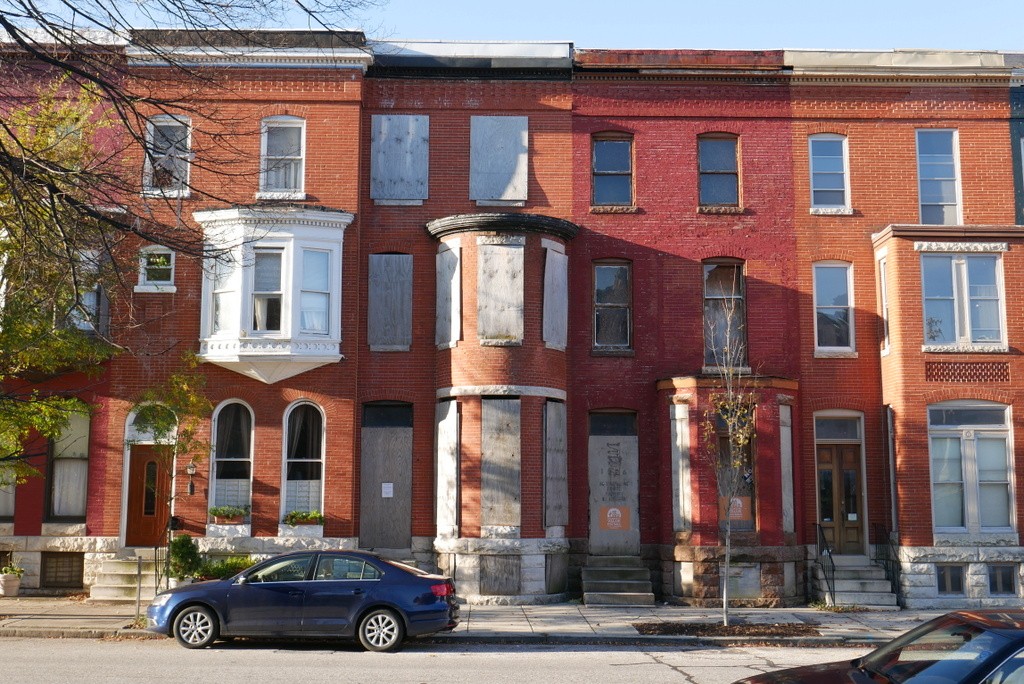[gravityform id=”18″ title=”true” description=”true”]
This project is intended to protect and celebrate places connected to Baltimore’s Civil Rights heritage through the submission of a historic context and National Register multiple property documentation form to the National Park Service. Over the next eighteen months, Baltimore Heritage, together with partners from the Maryland Historical Trust (MHT) and the Baltimore National Heritage Area (BNHA) will research, document and share stories ranging from the early 1900s fights against residential housing segregation, efforts to desegregate downtown lunch counters in the 1950s, and 1970s activism around economic empowerment and urban renewal.
We are committed to providing opportunities for public input and participation throughout the project. We are planning to develop an online archive dedicated to sharing information about Baltimore’s civil rights leaders along with historic places (churches, homes and businesses) that played key roles in organizing and activism between the end of the Civil War and the last few decades. We are also working closely with our partner at the Baltimore National Heritage Area to develop the archive into a resource for Baltimore City school students and educators to tell these stories within the classroom and on neighborhood-based tours.
Finally, we are planning a series of programs in 2015 and 2016 – lectures, walking tours and community-based events – to share the research we’re gathering and connect with people interested in learning more about the project. Finally, the Maryland Historical Trust is in the process of forming an advisory committee to inform the research, documentation, and outreach process.

